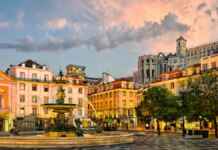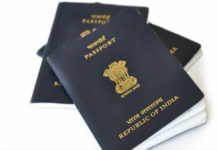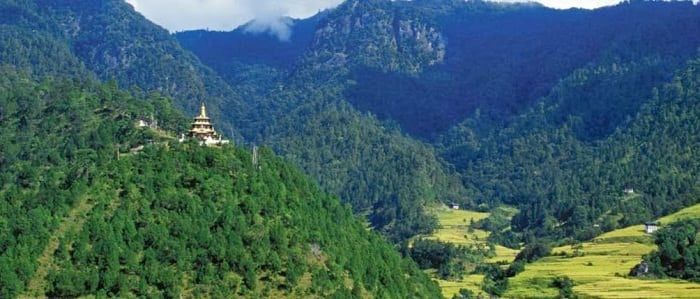The capital city of our nation and one of the top tourist destinations across the country is New Delhi. Known to be one of the oldest existing cities in the world, it is not surprising that New Delhi is dotted with historical monuments at every nook and corner. New Delhi, in its contemporary scenario represents a beautiful amalgam of a 5,000 year old past, a thrilling present and a dazzling future.
The native language of the Delhi area is Hindi, which also happens to be the main official language of the Union Government. The capital city is also home to three UNESCO World Heritage Sites namely Humayun’s Tomb, Red Fort and the Qutub complex.
Due to its equal proximity to the deserts of Rajasthan and snow capped peaks of the Himalyan mountain range, Delhi experiences a harsh climate. From April to June, it is normal for temperature to exceed the 40 degree mark. Loos are common during these months. This weather is followed by the monsoons, which provide some respite, but continue to be highly unpredictable and erratic. There’s a lot of moisture in the air resulting in humidity in these months. During winters, especially December and January, the city is enveloped in thick fog with the temperatures dipping to near-zero. The cold waves from the Himalayan region makes the winters in New Delhi very chilly. Thus, the best time to visit Delhi is either during October-November or February-March, when the weather is tourist friendly.
Monuments, forts, markets, gardens, museums dot Delhi’s landscape. In fact, it can take ages for even a resident of Delhi to unravel and unearth its various mysteries. So, Delhi is one city, whose different shades can’t be explored in one visit. However, some of the most often thronged tourist spots are:
Red Fort: Built in red sandstone, Red Fort happens to be one of the most popular historical monument both in Delhi and the country. A resplendent representative of the Mughal era, the fort was built by the Mughal Emperor Shah Jahan as his ruling palace. Designated as a UNESCO World Heritage Site, the Prime Minister delivers his Republic Day and Independence Day speech from here very year. Some of the important buildings inside the Red Fort are Diwan-i-Khas, Diwan-i-Am, Mumtaz Mahal among numerous others.
Qutab Minar: Built in the year 1206, Qutab Minar is the world’s largest brick structure. This five-storied tower has also been declared as a UNESCO World Heritage Site. Constructed on the orders of Qutb-ud-din Aybak, it is one of the earliest depicting a combination of Indo-Islamic architecture. However, tourists are no longer permitted to enter the tower.
Humayun’s Tomb: As the name suggests, Humayun’s Tomb is home to the body of Humayun, the second Mughal ruler of the nation. Built in 1570, it depicts a combination of Persian style with local craftsmanship. In fact, when it was constructed, it was the first of this type of Mughal architecture to be built in India.
Jama Masjid: Situated opposite the Red Fort is the iconic Jama Masjid, the largest mosque of its kind in India. Records indicate that it took thirteen years to complete this mosque. Climb the mosque’s minaret to enjoy a stunning view of Purani Dilli. However, ensure that you dress appropriately when visiting the mosque.
Some other interesting tourist hot spots which tourists make it a point to visit include India Gate, Lotus Temple, Garden of Five Senses, Akshardham Temple, Jantar Mantar, Lodhi Gardens, Hauz Khas Village and National Museum among others.
New Delhi is a heaven for street shopping. From the galis of Chandni Chowk to the emporiums in Connaught Place, high end shopping at Khan Market to street shopping at Janpath, Lajpat Nagar and Sarojini Nagar, these are some of the popular haunts for shopping in Delhi. Don’t forget to bargain.
As far as eating out in Delhi is concerned, there is a plethora of options available here. In fact, Delhi has arguably the best street food in India. Sarvana Bhawan’s dosa to South Indian filter coffee at Indian Coffee House to classic non-veg measl at culinary institutions like Karim’s or Al-Jawahar, New Delhi has a delicious spread to offer to the foodie.
For commuting within Delhi, the Delhi Metro provides good connectivity. DTC buses also ply on most routes. In fact, the recently introduced HoHo (Hop Off Hop On) bus service is an excellent option to witness the relics of Delhi’s rich cultural heritage as it covers most important tourist destinations.
Words will always fail to describe the magic of Dilwalon ki Dilli. It is best experienced over multiple trips!














